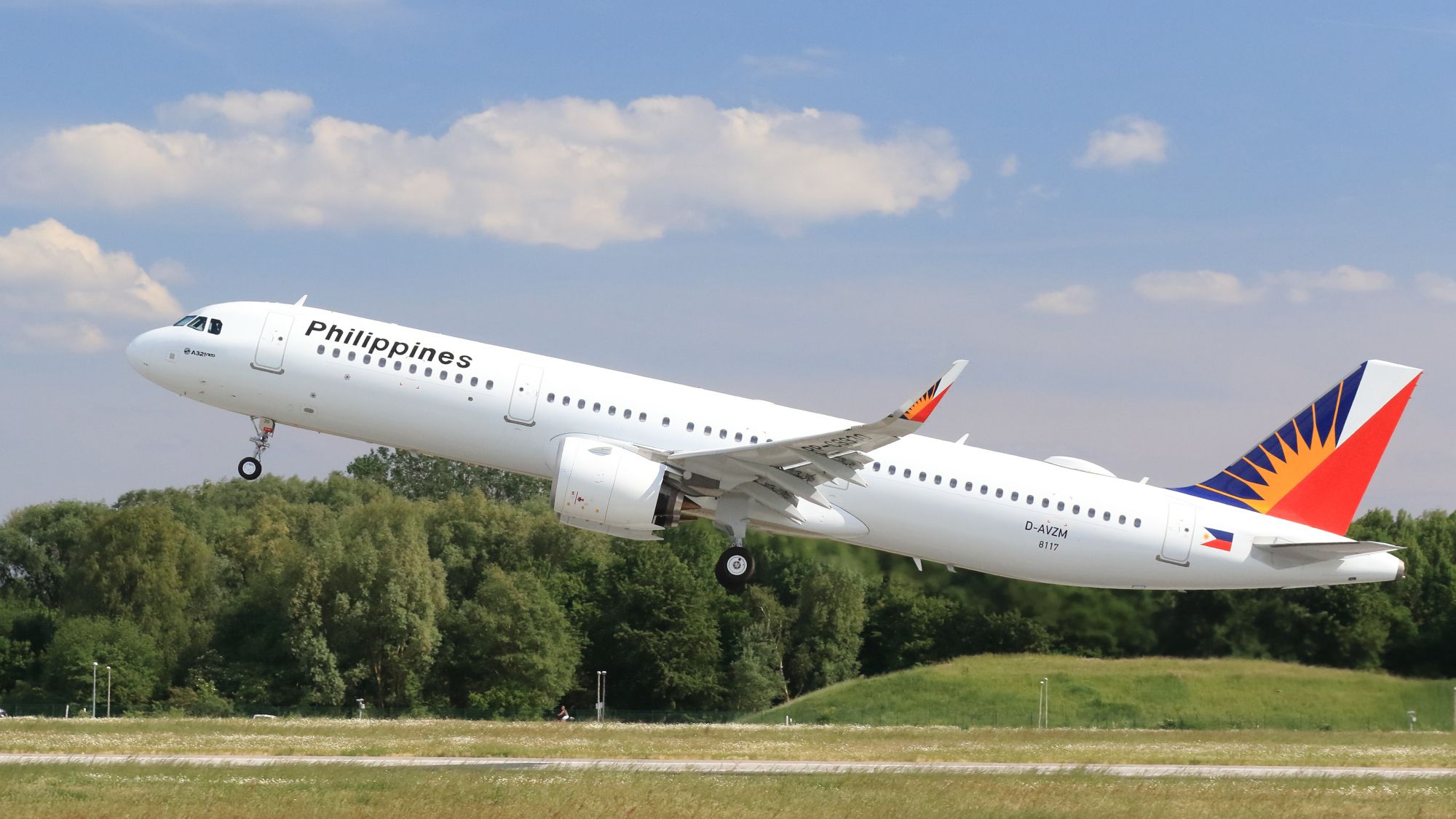
A321neo Philippines Airlines Take Off
The parent company of Philippine Airlines, PAL Holdings, reported a smaller pre-tax loss during the third quarter of 2021, as growing revenue helped the company. Pre-tax loss for the quarter ended 30 September came in at 5.05 billion pesos, an improvement from the 7.78 billion pesos last year.
Total revenue came in at 14.1 billion pesos, up 66.6 percent year-on-year. Revenue from the passenger segment saw the biggest growth, followed by cargo and ancillary. Operating costs rose by 3.7 percent to 15.9 billion, as a reduced expenditure from flying operations and maintenance helped.
Attributable net loss for the July-September 2021 period amounted to 5.28 billion pesos, as compared to the 7 billion pesos loss for the same period last year.
On a nine-month basis, PAL Holdings was able to reduce its pre-tax loss by 24.1 percent year-on-year to 21.6 billion pesos. Although total revenue was down 29 percent to 32.1 billion pesos, revenue from the cargo segment saw strong growth.
Operating costs fell 36.7 percent to nearly 42.8 billion pesos, as expenditures from areas such as flying operations, maintenance, and services all declined. Attributable net loss amounted to 21.8 billion pesos, as compared to the 29 billion pesos loss last year.
In the company’s management discussion and analysis for the nine-month period, PAL Holdings attributed the lower revenue to the ongoing impact of the COVID-19 pandemic. The decline in expenses was on factors such as a fall in the number of flights operated, and lower labor costs following a retrenchment exercise in March 2021.
As of 30 September 2021, cash and cash equivalents amounted to 4.42 billion pesos, up from the 1.77 billion it had on the same date in 2020. The higher cash it had was partly due to the debtor-in-possession financing received, as part of the US Chapter 11 bankruptcy process it underwent since September.
Fleet-wise, Philippine Airlines had a net reduction of eight aircraft, with a total of 89 aircraft on 30 September 2021, down from the 97 it had on 31 December 2020. One owned De Havilland Canada Q400 was phased out, along with seven leased aircraft: two Airbus A350-900s, three A330-300s, and two A321s.
Views: 0




